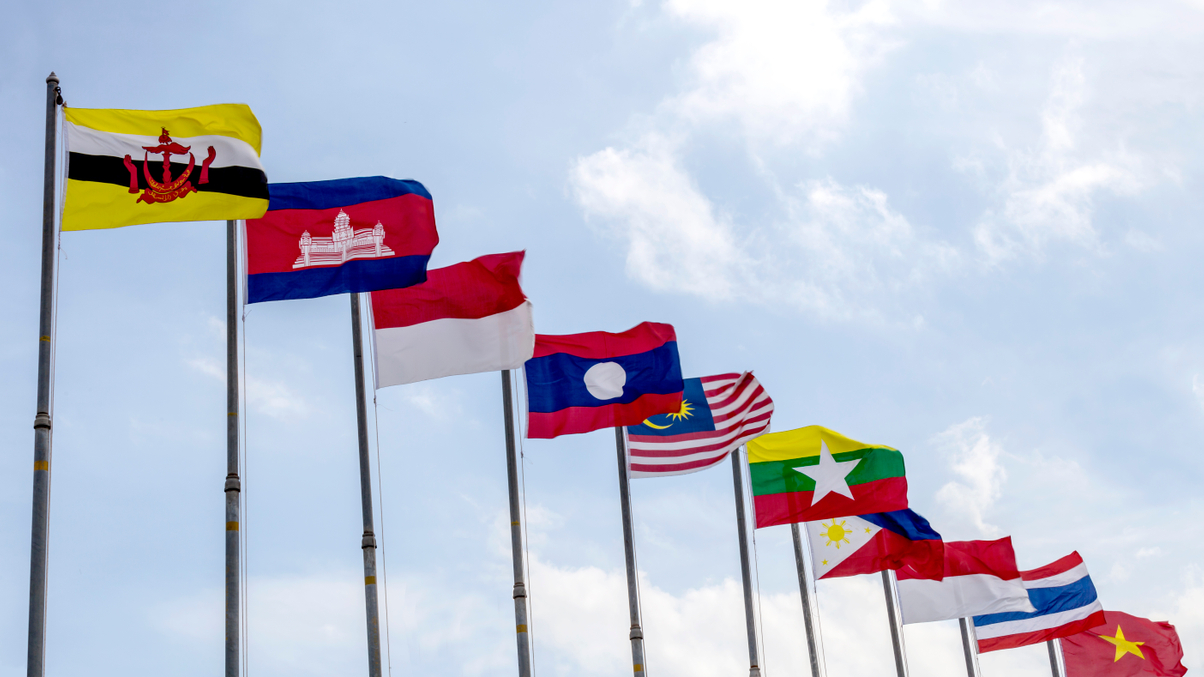Year of the Dog: Will Southeast Asia see regime changes?
With multiple countries in Southeast Asia conducting or likely to conduct elections this year, AsianInvestor asks whether there could be any major shifts in political power.

Across Southeast Asia, several countries are set to conduct elections over the course of 2018 or early 2019. This spate of political events offers the possibility that some countries in the region might witness power shifts. If that were to occur it could offer risk—or opportunity—to investors interested in the region.
Sign in to read on!
Registered users get 2 free articles in 30 days.
Subscribers have full unlimited access to AsianInvestor
Not signed up? New users get 2 free articles per month, plus a 7-day unlimited free trial.
¬ Haymarket Media Limited. All rights reserved.


